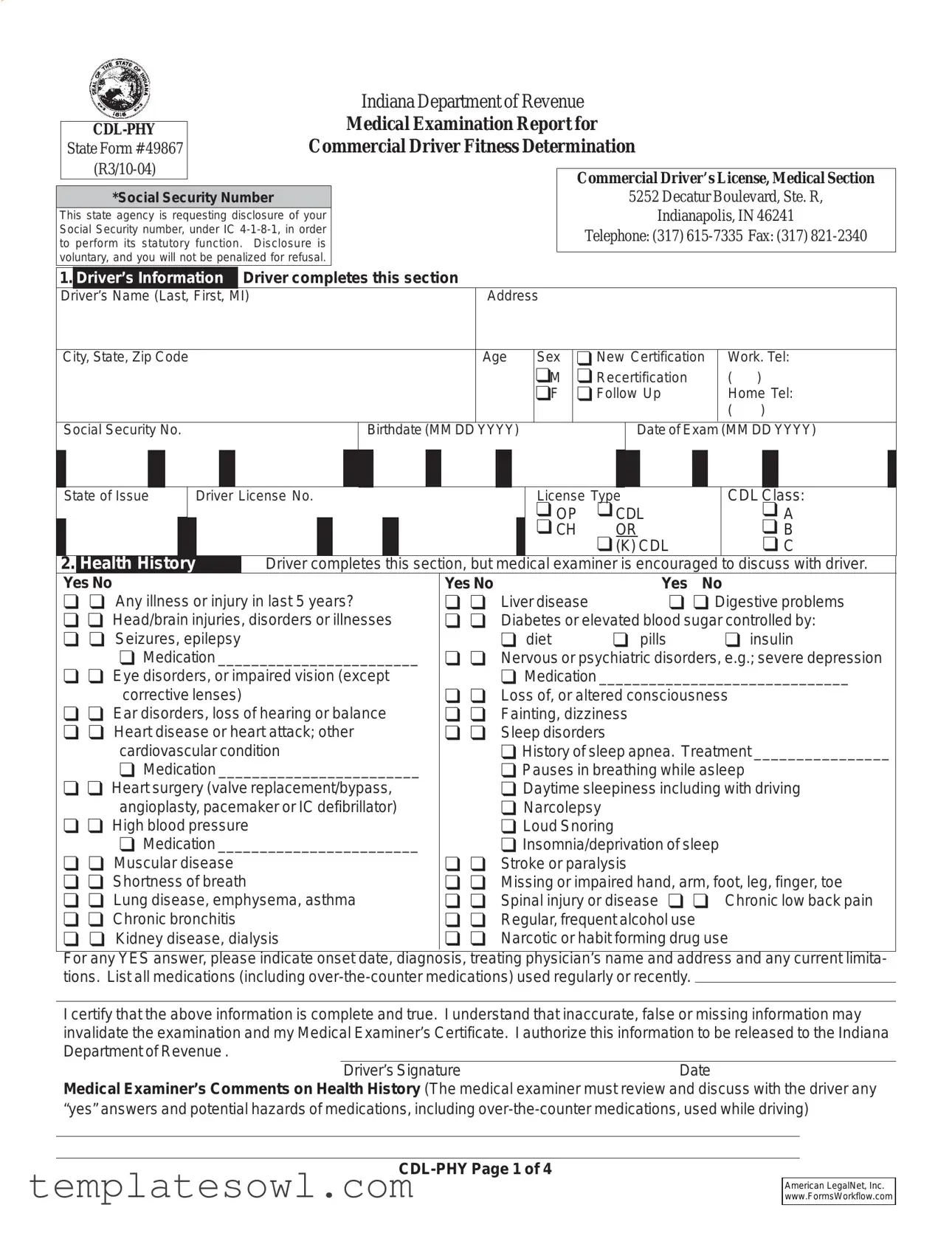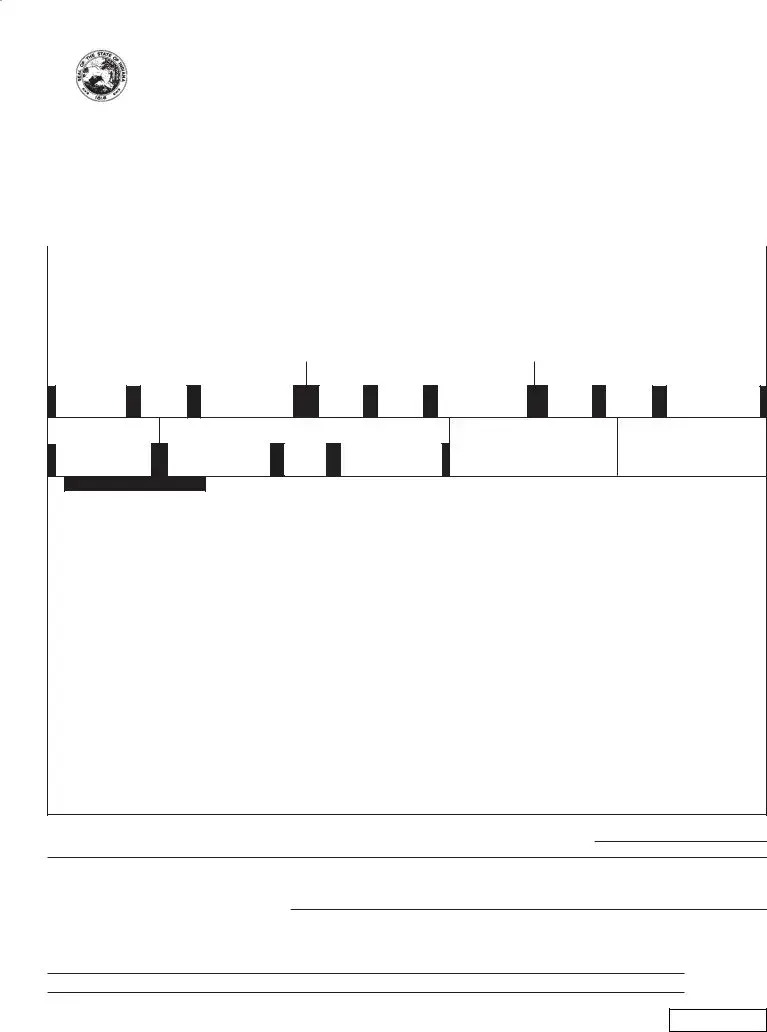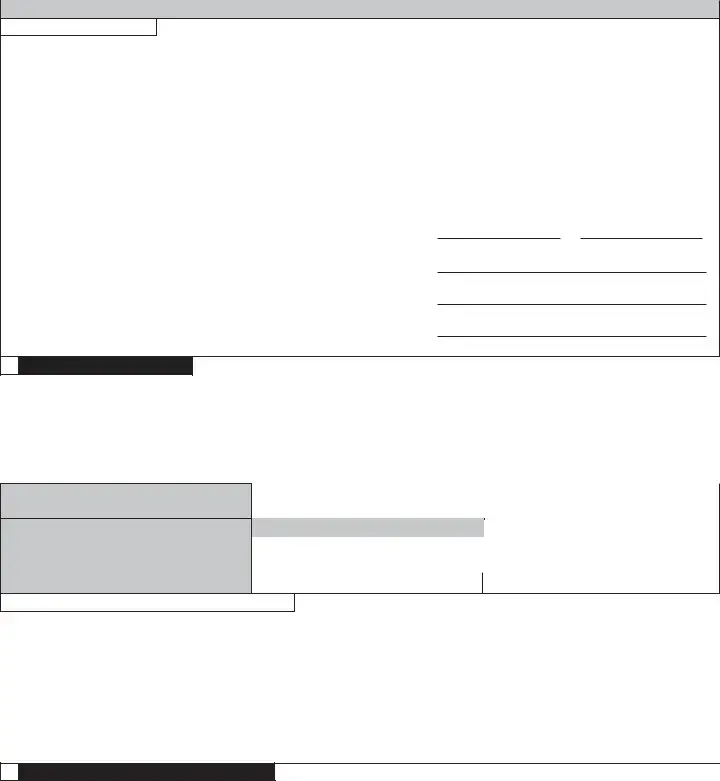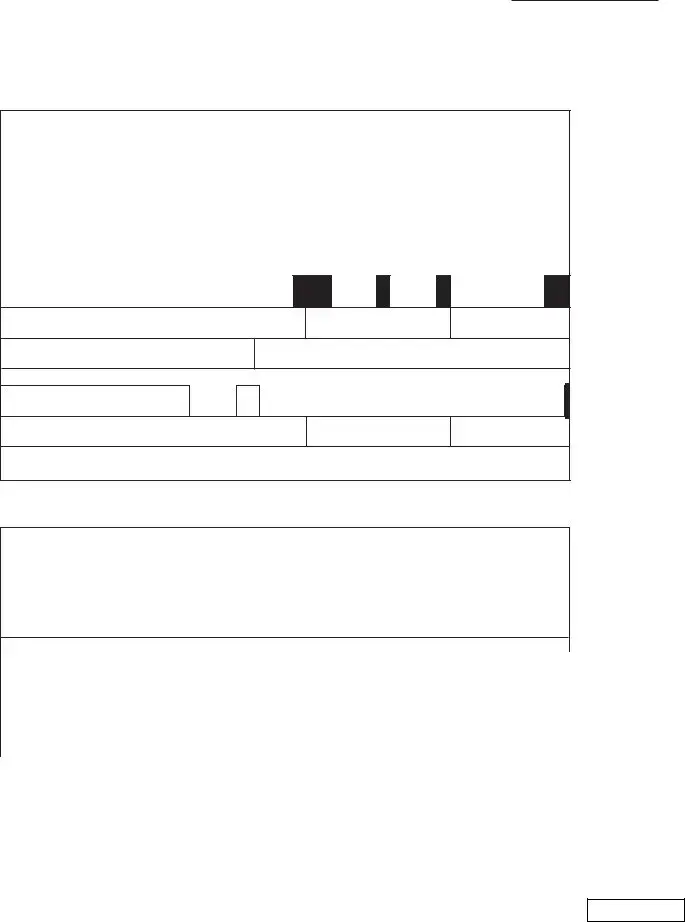Completing the State Form 49867, which is essential for the Medical Examination Report related to Commercial Driver's Licenses (CDL), can feel overwhelming. Many people make common mistakes that can lead to delays or even the rejection of their application. Understanding these mistakes can help ensure a smoother process.
One major mistake involves incomplete personal information. It is vital to fill out every required field accurately. Omitting your Social Security number or providing an incorrect birthdate can invalidate the form. Every detail matters, and ensuring this crucial information is correct from the start can save time and headaches later on.
Another frequent error is related to the health history section. Drivers often skip disclosing past medical issues or recent injuries. Even if you believe an ailment is minor, it can impact your driving ability. Always answer with honesty and include any relevant details about medications or treatment. This section is not just a formality; it directly influences your fitness to drive.
Many applicants make the error of not properly understanding the vision requirements. Simply stating that corrective lenses are worn isn’t sufficient if the specific visual acuity measurements are not documented. Ensure precise numerical values are recorded, as these are critical for meeting federal standards.
In the hearing evaluation section, you’ll want to avoid bypassing the requirement for numerical readings. Failure to record clear data can lead to confusion about your hearing capability. Instead of merely stating “I can hear fine,” provide exact distances or audiometric results if applicable. Not fulfilling this can result in unnecessary follow-up examinations.
Additionally, during the blood pressure assessment, many fail to follow the instructions that highlight the importance of taking two readings. Only recording one measurement can give an inaccurate picture of your cardiovascular health. Ensure that the correct procedure is followed to present a legitimate assessment.
Some applicants neglect the physical examination section, either by skipping questions or failing to elaborate on affirmative responses. This can lead to misinterpretations. If any abnormalities are noted during your physical exam, it is essential to detail how they might influence your ability to drive safely.
Also, don’t forget to acknowledge the certification status. This is often overlooked. Your medical examiner must accurately convey whether you meet the necessary standards. If you are qualified under specific conditions, such as using corrective lenses or hearing aids, that must be stated clearly in the report.
Finally, many applicants fail to sign and date the document before submission. This mistake might seem minor but can halt the entire process. Lack of a signature indicates that the application hasn’t been verified by you, resulting in potential disqualification.
Approaching the State Form 49867 with care can profoundly affect your journey towards obtaining or renewing a CDL. Avoiding these common pitfalls ensures your application stands the best chance of approval, allowing you to focus on your driving career without unnecessary delays.



 Vision - 391.41 (b) (10)
Vision - 391.41 (b) (10)
 Hearing - 391.41 (b)(11)
Hearing - 391.41 (b)(11)

 Laboratory & Other Test Finding
Laboratory & Other Test Finding
